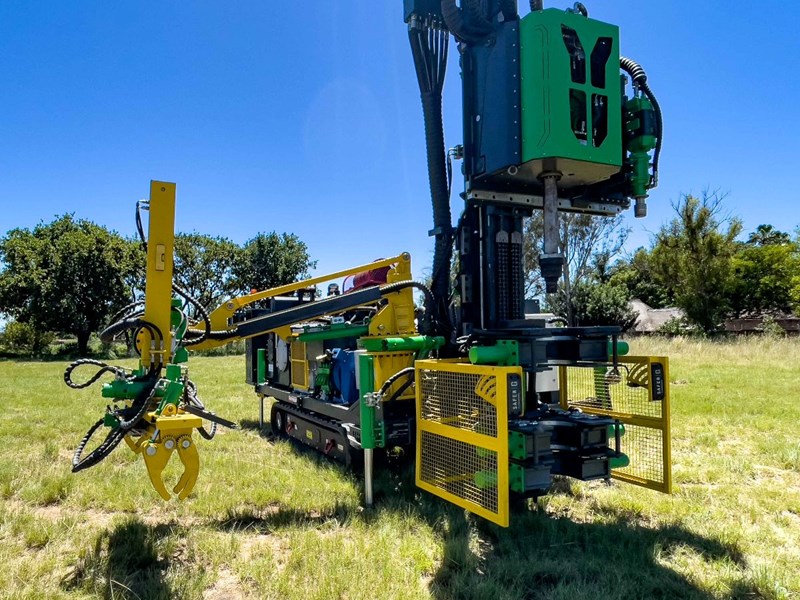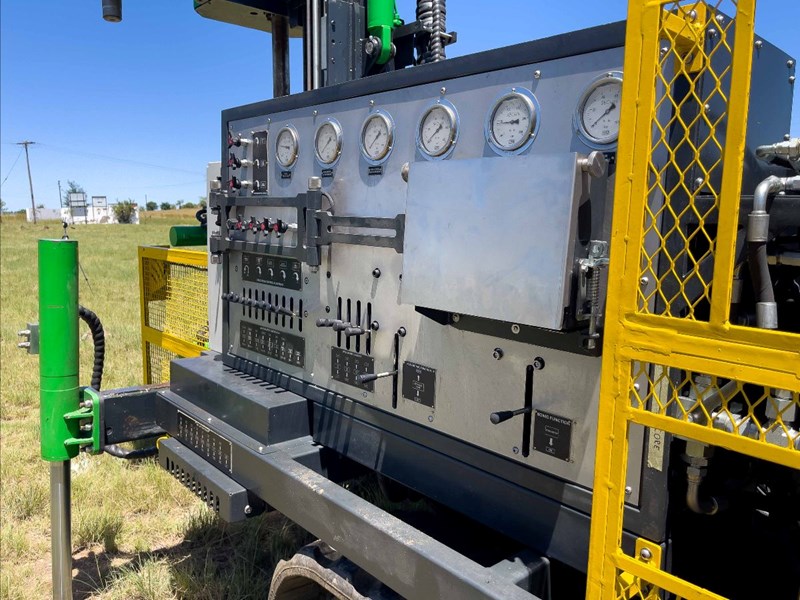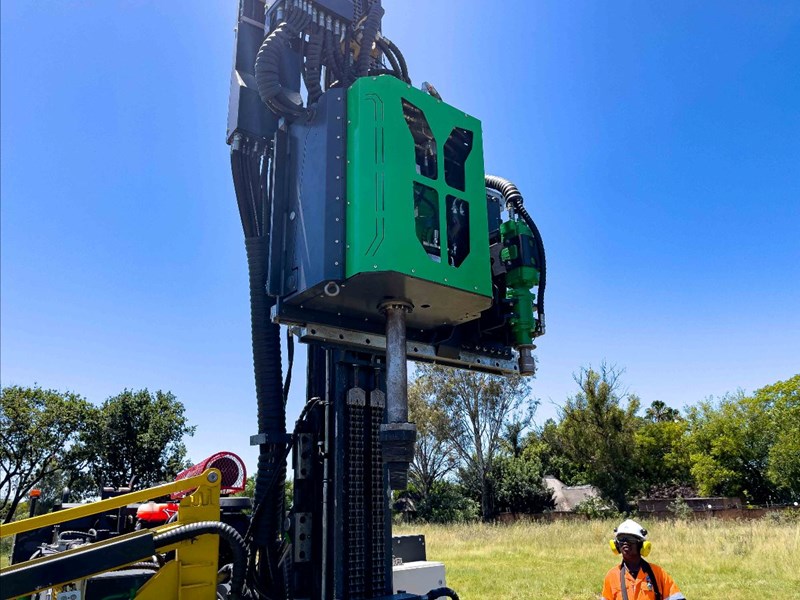Good Vibrations | Sonic Drilling

Secon Combination Drilling Rig
Over the years, sonic drilling has continued to evolve, with improvements in vibration frequency, power output, and drill bit design. Today, sonic drilling is a widely used technique for a range of drilling applications, from mineral exploration and geotechnical surveys to environmental monitoring and geothermal energy production. Its advantages over conventional drilling methods include faster drilling rates, reduced waste material, and better core recovery rates.
Sonic drilling is particularly effective in softer materials such as clay and sand, which can be difficult to drill using traditional rotary core drilling methods. The sonic drill head allows the soil sample to enter the single tube core barrel by liquefying the ground on the sidewall of the sample entering the core barrel, without disturbing the sample, thus providing very good core recoveries in the softer more friable ground in which is traditionally more difficult to provide good core samples. Sample recoveries using sonic technology are usually over 95%.
To date, the GeoGroup is a preferred supplier of sonic drilling services to the African continent. Out of the 3 Sonic rigs in their fleet, 2 of these rigs are equipped with dual head masts able to switch between sonic and rotary core drilling. This eliminates the need to have multiple rigs on site as the masthead can quickly transition between Sonic and Rotary core.
The GeoGroup recently introduced the Secon Compact Sonic Crawler 190kN to their portfolio which can be operated remotely by two drill operators with wireless controllers. Using a wireless control system to operate a drill has several advantages over traditional wired controls. Here are some reasons why wireless control may be preferred:
Sonic drilling is particularly effective in softer materials such as clay and sand, which can be difficult to drill using traditional rotary core drilling methods. The sonic drill head allows the soil sample to enter the single tube core barrel by liquefying the ground on the sidewall of the sample entering the core barrel, without disturbing the sample, thus providing very good core recoveries in the softer more friable ground in which is traditionally more difficult to provide good core samples. Sample recoveries using sonic technology are usually over 95%.
To date, the GeoGroup is a preferred supplier of sonic drilling services to the African continent. Out of the 3 Sonic rigs in their fleet, 2 of these rigs are equipped with dual head masts able to switch between sonic and rotary core drilling. This eliminates the need to have multiple rigs on site as the masthead can quickly transition between Sonic and Rotary core.
The GeoGroup recently introduced the Secon Compact Sonic Crawler 190kN to their portfolio which can be operated remotely by two drill operators with wireless controllers. Using a wireless control system to operate a drill has several advantages over traditional wired controls. Here are some reasons why wireless control may be preferred:
- Mobility and flexibility: With a wireless control system, the operator can move around the drilling site more freely, without being tethered to a control panel or console. This can be particularly useful in drilling projects where the operator needs to move around the rig to access different drilling locations or perform other tasks.
- Increased safety: By eliminating the need for cables and wires, wireless control systems can reduce the risk of accidents and injuries caused by tripping over cables or getting tangled in wires. This can be especially important in drilling projects where safety is a top priority.
- Improved efficiency: With a wireless control system, the operator can control the drill from a distance, which can be more efficient and faster than manually adjusting controls at the drill site. Additionally, some wireless control systems offer advanced features such as automation and remote monitoring, which can further improve efficiency and productivity.
Overall, sonic drilling is a versatile drilling method that can be used in a wide range of soil and rock formations. Its efficiency makes it a popular choice for many drilling projects. The GeoGroup has 10 years of extensive experience in sonic drilling for various esteemed clients in the mining and geotechnical industries since our first sonic was purchased in 2013.
Plot 28 Central Road
Sunrella, Lanseria
Gauteng
South Africa
Tel. +27 (0)11 966 7760
Fax. +27 (0)86 663 3896
Email. info@geogroup.co.za

